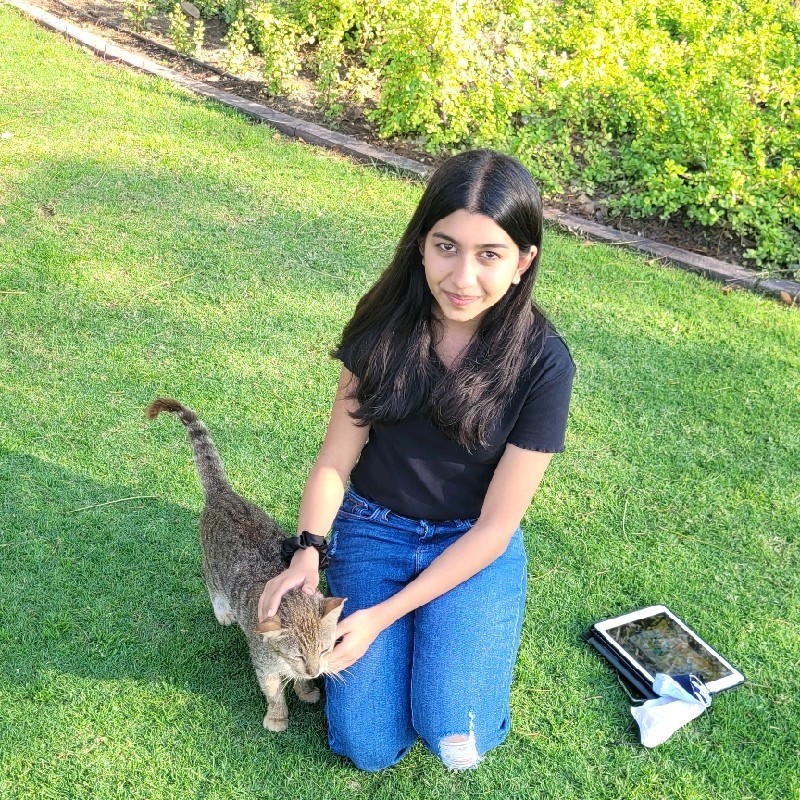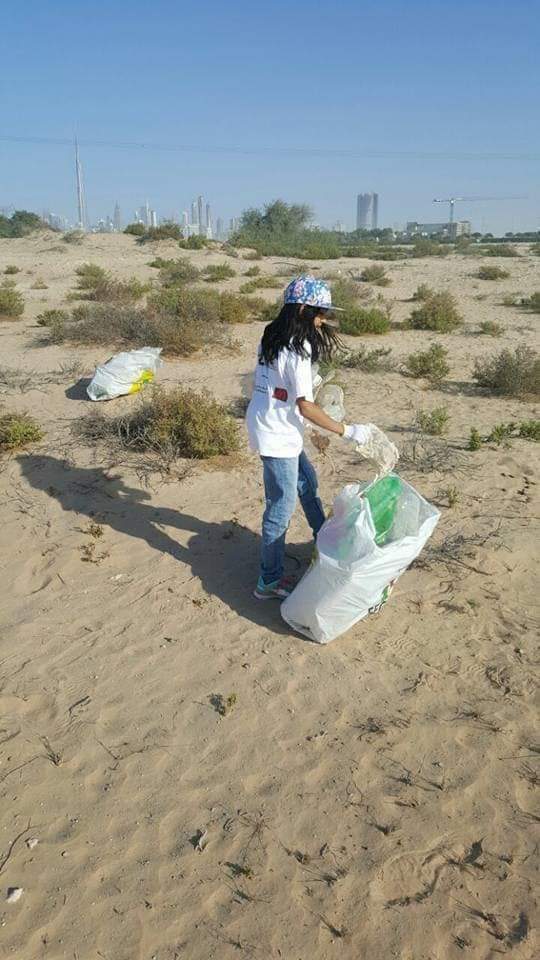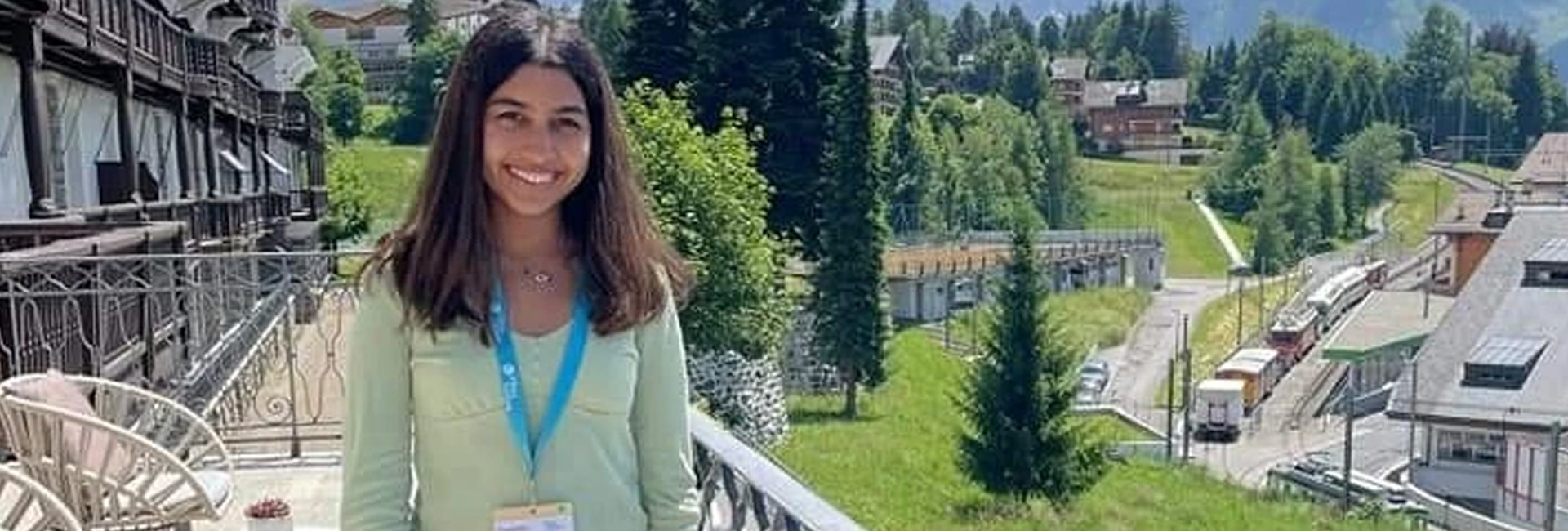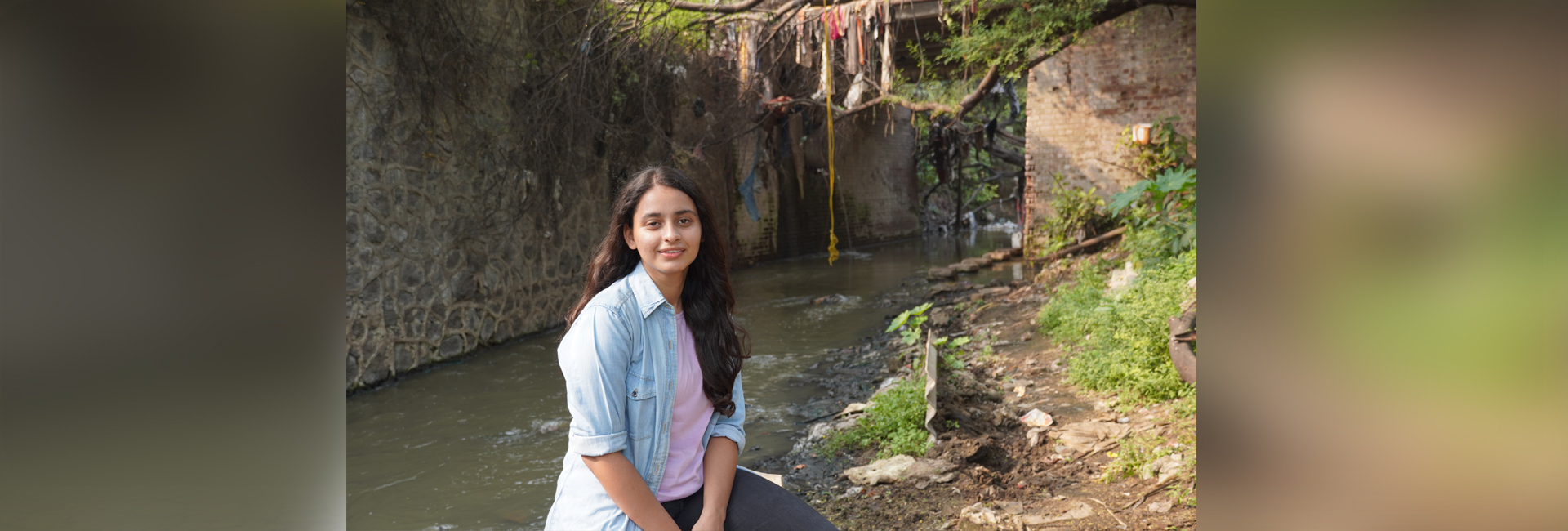(December 7, 2022) A young 17-year-old took centre stage whilst top leaders from across the world gathered to discuss saving the planet from climate change at COP27 in Egypt. Addressing her audience, the young environment activist, Sagarika Sriram, pointed out the youth’s perspective on sustainability and how youngsters can have their voices heard. Stressing how awareness must be raised in schools, her closing remarks pushed for the youth around the world to be heard when it comes to their sustainable goals, ending her speech with thunderous applause from the audience.

Sagarika Sriram, environment activist
“Do you know about the ripple effect?” Sagarika asked me, about 10 minutes into our conversation. “The ripple effect,” she explained, “is the spreading results of a single action – like the ripples in the water. I think a single step towards saving the planet can have that effect, no matter if it is a big or small step. We need youngsters to get involved in this movement because we will be the first generation to face the horrific results of climate change. We might not have been the ones who contributed to climate change, but we certainly can be the ones to slow it down.”
Called an “inspiration to all young girls in her country and West Asia” by the U.N. Environment Programme, the Dubai-based Indian ex-pat has been able to inspire and motivate numerous kids to join the movement for a cleaner and healthier future for all. Her digital platform Kids for a Better World, which the young environment activist created in 2016 as a school project, has brought together nearly 100,000 young kids from around the globe who also want to fight climate change.
Motivated by nature
Growing up in Dubai, Sagarika learnt much more about nature from her parents. “As far as I can remember, my parents always motivated me to use and do environmentally friendly stuff. They were very cautious about using stuff that doesn’t harm the planet and that has to be a symbiotic relationship,” Sagarika shares with Global Indian, adding, “Also, I grew up with pets and that is also one factor why I am very sensitive towards environmental issues. My father and I used to have a compost garden and grow our fruits and vegetables. All these things have motivated me a lot.”
When she was around 10-years-old, Sagarika came across news of a whale being washed up onshore as a result of an oil spill. As the environmental activist dig deeper, she discovered various articles about how human activities are affecting not just other animals, but nature in general. “Our actions were causing so much harm to the environment. I started learning more about climate change, greenhouse gases, etc,” she says.
Action driven
The youngster, who was taking classes at the Johns Hopkins Center for Talented Youth (CTY) for HTML, web designing, and coding, decided to take one step toward her sustainability goals. “For my final project for a web design class, I was asked to design a web page and I decided to make it about the environment. I wanted to use the skills I acquired towards something that could make a difference in people’s lives,” the environment activist says. “I designed a basic website for Kids for Better World, which now has various sections to help anyone who wants to learn about climate change. I wanted children to work together with a goal of climate consciousness and teaching people about sustainability and climate awareness.”


Sagarika has organised numerous clean-up drives over the years
The educative website offers various tidbits and fun facts about the environment and climate change to visitors. Kids can also earn points from the sustainable activities that they complete and use those points to redeem eco-friendly gifts. “The whole idea was to teach children the same way that I was taught. I was able to meet several incredible people through my work and associate my work with great organisations,” says the environment activist.
Sagarika, who has organised numerous local clean-up drives and workshops for kids, believes that young people have to stand for the cause to prevent the impact of climate change. “I want to make a real change and contribute towards helping the planet revive. I just finished my final examinations and want to take a year’s break to concentrate on the 2023 UN Climate Change Conference, COP 28, which will take place in the UAE,” shares the environment activist as she signs off.



